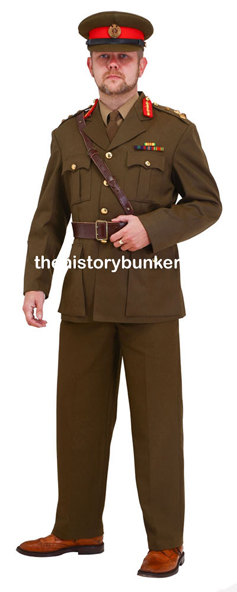Last week while I was trying to remove ice and snow from the boardwalk in Explore the Wild I uncovered a familiar but still surprising sight. It was lichen growing between the cracks of the boardwalk, British Soldier lichen (Cladonia cristatella).

These attractive lichen can be found just about anywhere that there is moisture and decaying wood. The red caps on the end of the thallus help the lichen stand out from others of its kind which results in making this a well known variety of lichen to many people.
Not single organisms, lichens consist of fungi and algae living together. The fungi supply the algae with a place to live while the algae supply food for the fungi, mutualism. The main stem of the lichen is called the thallus and the red cap is where spores are formed and released into the wind for reproduction.

Okay, so what’s with the name British Soldier. Well, British Soldiers have always had some sort of red on their uniforms and many people claim that the name of this lichen comes from the uniform worn by the British Army during the 1700s, the American Revolution.

That may be so, but I’m fairly sure that there was no green on any British uniform until WW I or thereabout. And, if you take a look at the WW II staff officer’s uniform there is a similarity to the lichen. The officers dressed in green trousers and jacket/coat, with red ingignia on the collar and red trim or band on the hat.
I suppose that the uniform is not quite the same green as the lichen (some would say it’s brown), but it’s closer than the white pants, red coat and usually black or white hats of the Revolution era uniform. They were called “Red Coats” not “Red Hats.”
The lichen was first described in 1858 by American Botanist Edward Tuckerman. Although I can’t find a reference to Tuckerman placing the common name on the lichen (botanist usually put the Latin names to things that they are describing), he did describe it post-Revolution and may have been influenced by the bright red caps on the lichen to give it a common name. I however, like the more recent uniform characteristics in applying a common name to this familiar lichen. How about you?

On a molecular level, would you liken a lichen to a ligand?
In the sense that the ligand is a triggering molecule that binds to a protein which causes something else to occur, maybe.
In the case of the lichen, both the fungus and the algae can survive without the other. However they do much better when together, the fungus gets nutrition, the algae gets a place to live and grow. In the British Soldier, the red caps will not form and therefore no spores will be produced without the algae. The lichen is the result of the two coming together, not an agent binding the two together.
I don’t really think the two are similar. Is the ligand benefiting from whatever it’s binding to? Is whatever the ligand is binding to benefiting or simply changing form?
When you look at it that way, they don’t seem very similar. Or am I missing something.